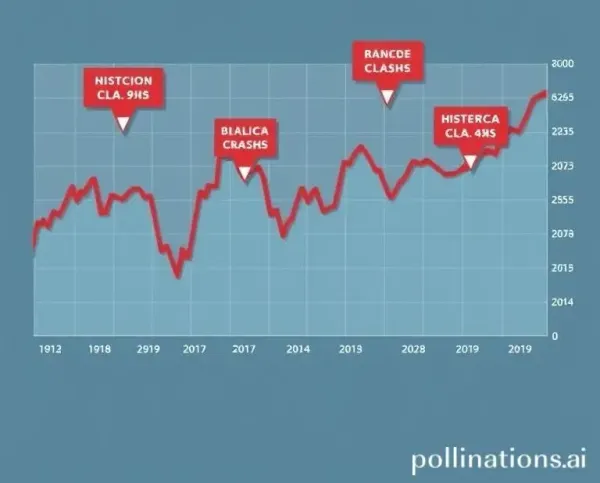Building a Balanced Investment Portfolio: Tips for New Investors
Learn how to create a balanced investment portfolio with these practical tips.

Ever feel like deciding where to invest your money is as tricky as picking the right avocado at the grocery store? You're not alone. Building a balanced investment portfolio can be daunting, especially for newcomers to the stock market. But it doesn't have to be. Let's dive into some simple strategies to help you get started on the right foot.
Understanding the Basics of a Balanced Portfolio
A balanced portfolio is like a well-oiled machine; it's all about harmony and resilience. Typically, it includes a mix of stocks, bonds, and possibly other assets like real estate or precious metals. Here's why a balanced approach is beneficial:
- Risk management: Diversifying your assets helps mitigate the impact of a volatile stock market.
- Stability: Bonds and other fixed-income investments can provide a safety net when stocks dip.
- Potential growth: Stocks offer a chance for higher returns over time.
Steps to Crafting Your Portfolio
Let's break down the process into manageable steps:
1. Determine Your Risk Tolerance
Your investment journey starts with a little introspection. Are you comfortable with risk, or do market swings make you queasy? Understanding your risk tolerance can guide how you allocate your investments. A more conservative investor might lean towards bonds, while a risk-taker might favor stocks.
2. Specify Your Investment Goals
Are you investing for retirement, a house, or that dream vacation? Setting clear goals helps prioritize your investment choices.
3. Mix It Up
A well-balanced portfolio isn't about putting all your eggs in one basket. You need a bit of everything. Here's what you might consider:
- Stocks: Usually the largest growth component.
- Bonds: Offer stability and income.
- Alternative investments: Such as real estate or commodities for added diversification.
Remember, diversification isn't just about asset types; think globally too!
4. Keep It Fresh
Investment isn't a 'set it and forget it' process. Review and rebalance your portfolio periodically to ensure it aligns with your risk tolerance and goals.
Imagine this: You once prioritized tech stocks because they were booming. Now, as market dynamics shift, it might be time to rebalance. This approach keeps your portfolio resilient to market changes.
Closing Thoughts
A balanced portfolio is key to sustainable financial growth. The journey may seem overwhelming at first, but remember, every great investor started somewhere. What do you think is the most challenging aspect of building your investment portfolio? Share in the comments!




